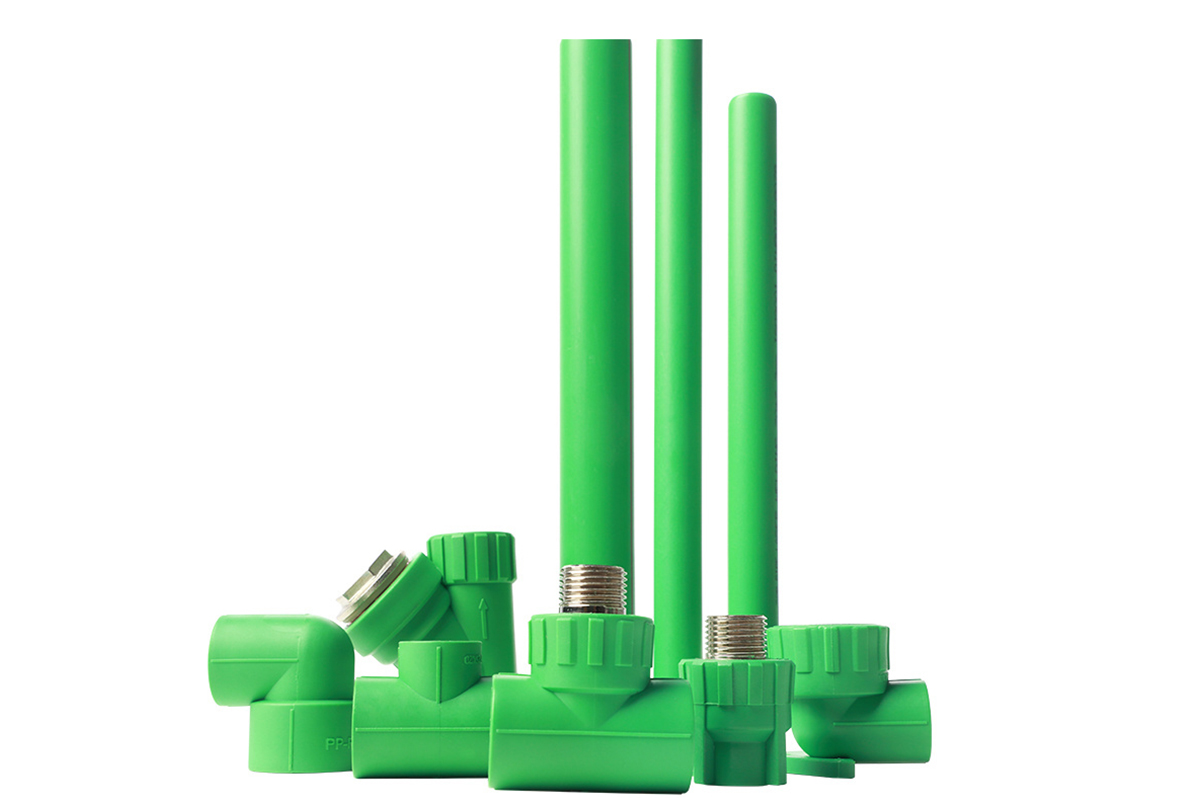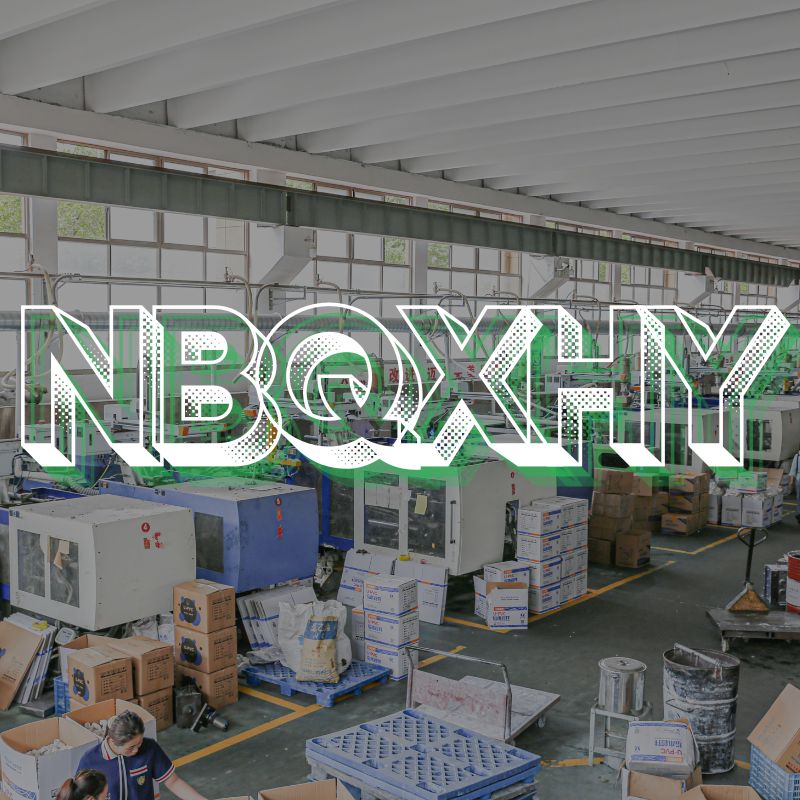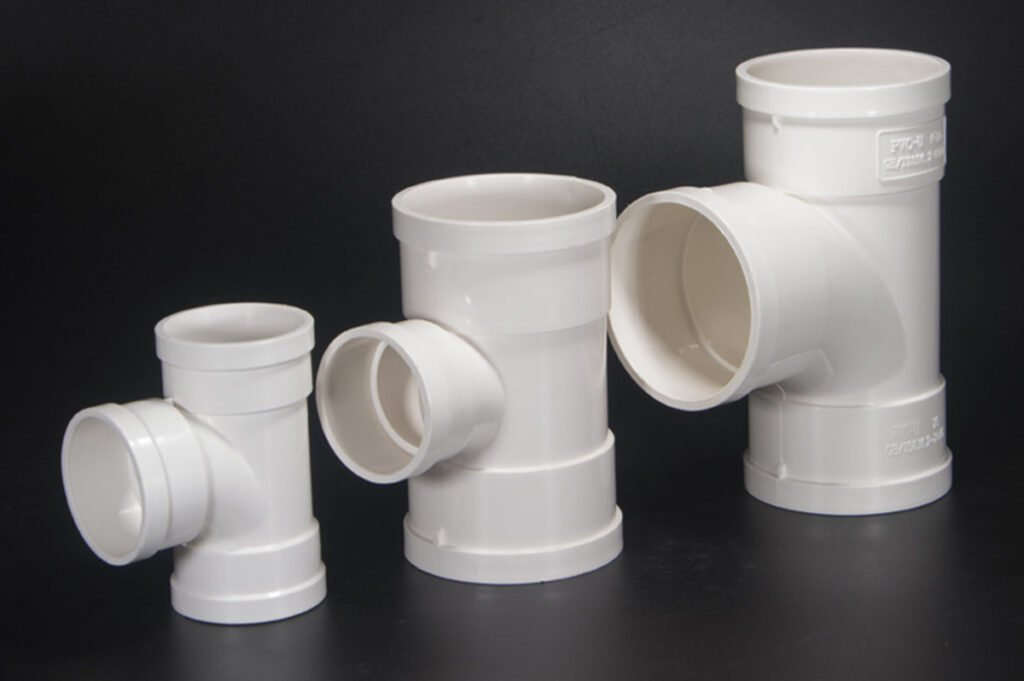Development Overview and Characteristics of Environment-Friendly Water Supply Pipes
This post will introduce you to the history and characteristics of PPR pipes.

Galvanized steel pipe inevitably contains lead in its production process. During use, the lead molecules in the galvanized layer will be free in the water, thus accumulating in the human body and causing great harm to the human body.
With the advancement of science and technology, it has become a major trend to replace traditional galvanized steel pipes with environmentally friendly water supply pipes.
Environmentally friendly water supply pipes are popular because of their advantages such as harmlessness to the human body, corrosion resistance, and small thermal conductivity.
As an early water supply pipe, UPVC pipes are bonded between pipes and fittings.
However, its melting point is only 50-60 degrees Celsius. During use, especially when used as a hot water pipe, not only will UPVC monomer and additives leak out, but the glue itself contains harmful substances to the human body.
As an environmentally friendly and energy-saving pipe, PPR pipe is extruded from modified polypropylene. It has an excellent heat resistance and high strength, and its production cost is low.
The melting point of this pipe is over 100 degrees Celsius, and it adopts a hot-melt connection, the construction process is simple, and the construction quality is easy to be guaranteed.
After the above comparison, we can know that PPR pipes can be well applied in hot water pipelines.
PPR belongs to polyolefin polymer compound, its molecules are only composed of carbon and hydrogen elements, without any toxic elements, and has the following advantages:
1. Light Weight: The density at 20 degrees Celsius is 0. 89 g/ cm³~ 0. 91 g/ cm³, and the weight is only 1/9 of steel pipes of the same specification and 1/10 of copper pipes. Due to its lightweight, it can greatly reduce the labor intensity of workers.
2. Good Heat Resistance: The water temperature can reach 95 degrees Celsius for instant use; for long-term use, when the working pressure is not greater than 1.0MPa, the water temperature can reach 70 degrees Celsius. This can meet the needs of general life and hot water production, so the building water supply polypropylene pipe is an ideal hot water pipe.
3. Good Corrosion Resistance: The material of the PPR pipe has no chemical effect on all ions in the water and chemical substances in the building, and will not rust and corrode.
4. Low Thermal Conductivity: The thermal conductivity at 20 degrees Celsius is 0. 23 W/ m•K~ 0. 24 W/ m•K, which is lower than that of steel pipe (43 W/ m•K~ 52 W/ m•K), purple Copper pipes (333 W/m•K) are much smaller, so insulation measures are generally not required.
5. Small Tensile Modulus: The expansion force caused by temperature changes is small, and it is suitable for direct burial and concealed laying in embedded walls and floor surfaces.
6. Small Pipe Resistance: The inner wall of the straight pipe section is smooth, with no scaling, and the frictional resistance along the way is smaller than that of metal pipes; the cross-sectional area is not reduced when the pipe fittings are connected, and the local resistance coefficient is not greater than that of steel pipes.
7. The Pipe Fittings Are Firmly Connected: Due to the good heat-melting performance of polypropylene, the hot-melt connection connects the pipes and pipe fittings of the same material into a whole, eliminating the hidden danger of water leakage.
8. There is no pollution to the environment during production, construction, and use, and waste materials can be recycled repeatedly, which is a green product.
Compared with traditional galvanized steel pipes, PPR pipes have the following disadvantages:
1. Rigidity and impact resistance are worse than metal pipes, so attention should be paid to civilized construction and safe production during storage, transportation, and construction.
2. The anti-ultraviolet performance is poor, and it is easy to age under long-term direct sunlight.
These shortcomings should be paid enough attention to in engineering practice.
NBQXHY is a Chinese manufacturer specializing in plastic pipes, fittings, and valves. If you are interested in our PPR pipes and fittings, welcome to contact our experts.




